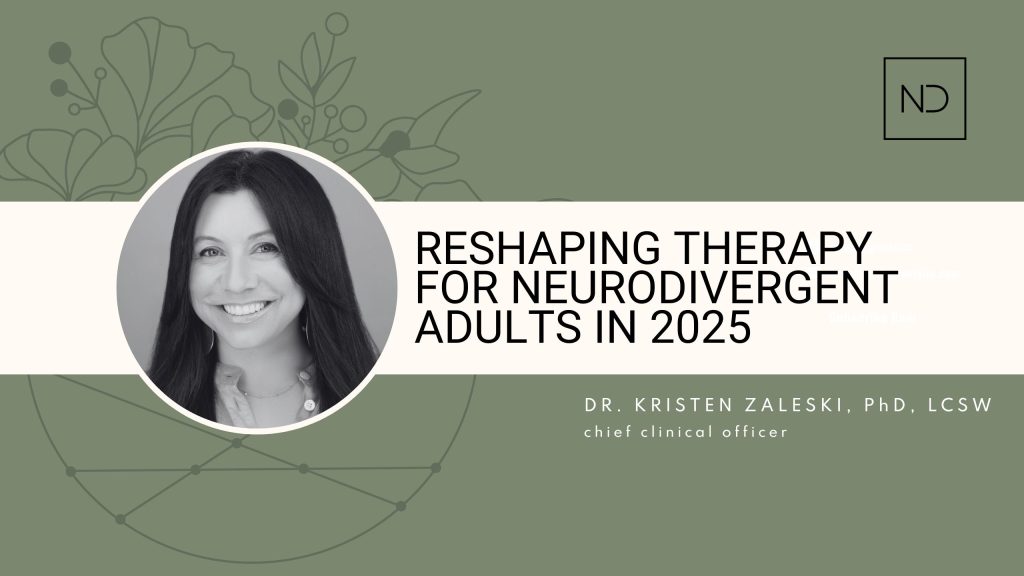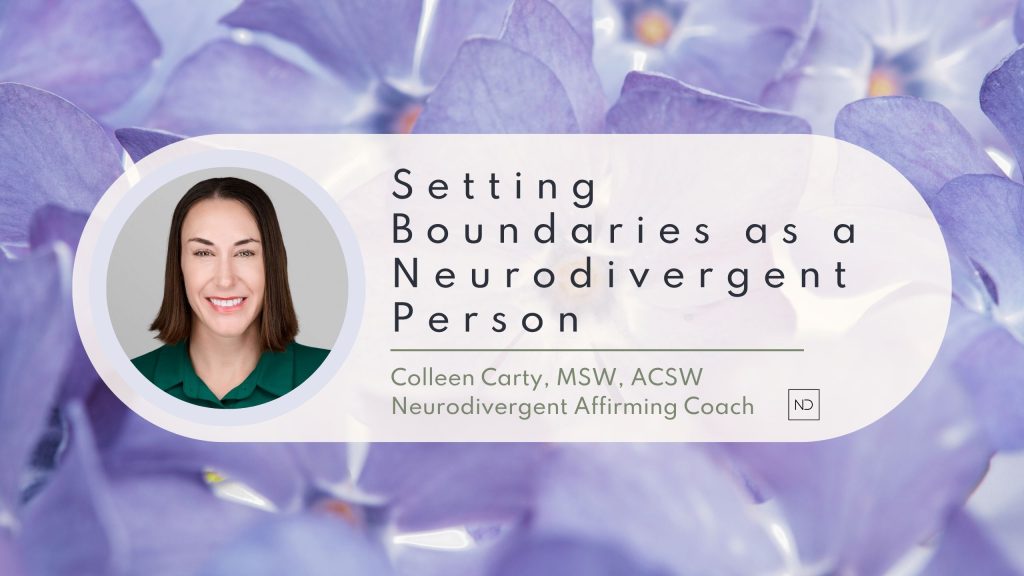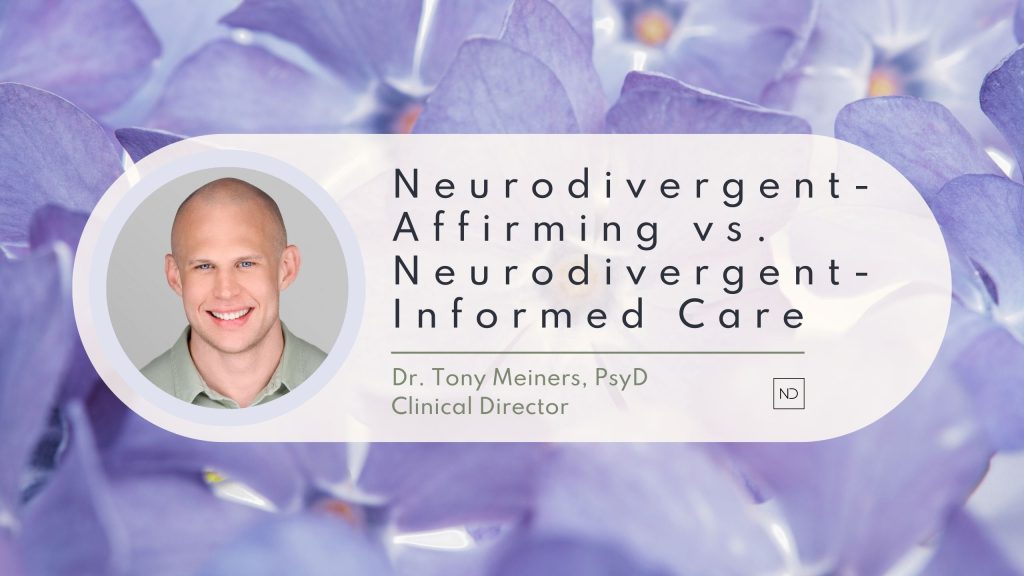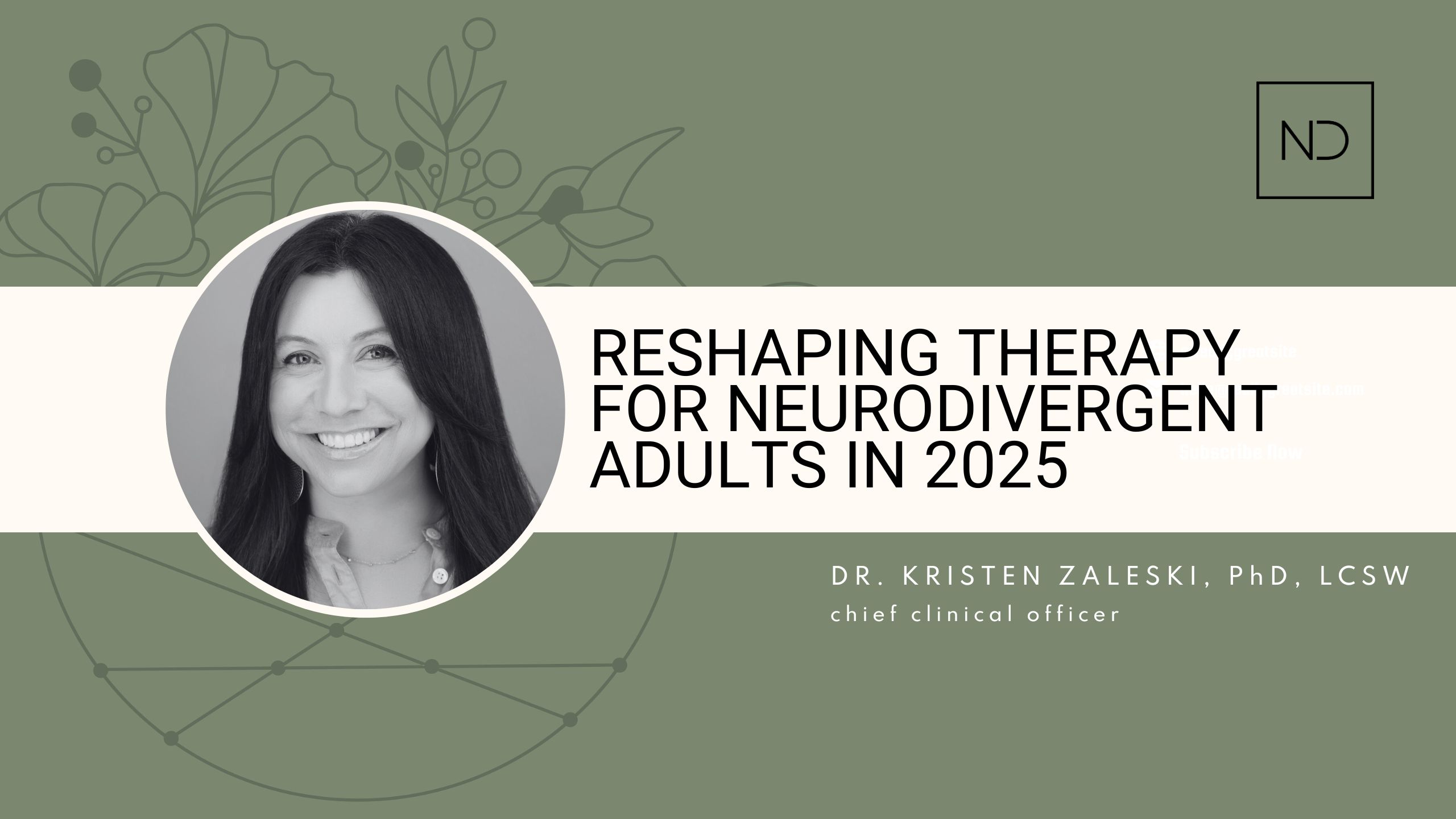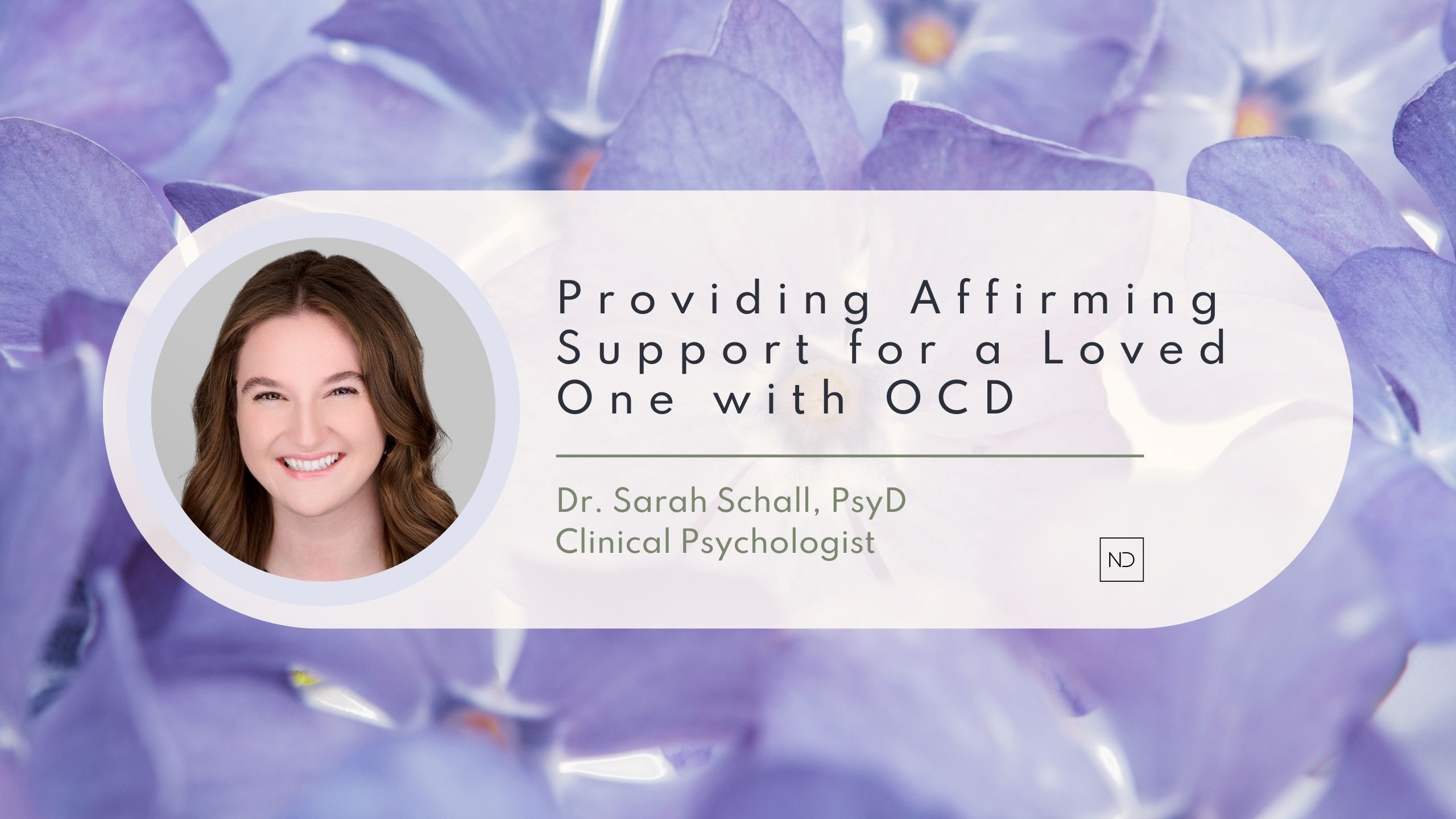
Dr. Maddisen Espeseth’s Approach to Mental Health Treament
An interview with Maddisen Espeseth, PsyD, RPT, IFS-I ACC, CST :: Testing Psychologist
When treatment planning for a neurodivergent client, what does ‘balance the binary’ mean to you?
To me, balancing the binary means recognizing and mindfully integrating two contrasting constructs: neurodivergence (a fluid, multidimensional, biologically respectful, and ever-evolving concept) and DSM diagnostic criteria (a series of binary, quantified, and often oversimplified qualifications largely informed by a medical model of psychopathology). The DSM ideally is intended to provide a standardized language and means of operationalizing psychological phenomena (albeit from a pathological, deficit-focused lens). The purpose is to create a uniform conceptualization of diagnoses; however, the DSM often neglects to recognize the significance of biodiversity and heterogeneity of symptom presentation. A humble openness to the extensive breadth of neurotype presentations while simultaneously maintaining fidelity to DSM criteria is imperative in balancing the binary.
Dr. Espeseth, are you able to define an attachment-focused neurosequential approach?
An attachment-focused, neurosequential approach to treatment entails recognition that the human brain develops in an ordered, time sensitive, sequential fashion (from the “bottom up”) within the context of a social milieu. Given the bidirectional relationship between one’s biology and environment due to the plasticity of the brain, the attachment between a child and caregiver directly informs neurodevelopment. The often implicit back and forth exchange between a child and caregiver’s nervous systems over time creates a foundational template for overall biopsychosocial functioning across the lifespan.
As a Testing Psychologist, how do you support a client who is possibly resistant to psychological testing?
It is not uncommon for clients to experience reticence regarding psychodiagnostic testing particularly if there is a history of medical trauma or neglect, misdiagnoses, or cultural stigma surrounding mental health. When a third party refers a client who does not personally want to pursue testing, my main priority is better understanding the client’s unique reasoning underlying their hesitance.
In my opinion, the efficacy of testing as a therapeutic service directly correlates to the strength of the client-provider relationship. Psychodiagnostic testing is unique relative to psychotherapy given the brevity and intensity of services. It is vital that the provider recognize just how vulnerable and exposing the testing process can feel for a client. If such considerations are not tended to, results are typically not as accurate or as practically applicable to the client’s day-to-day life. The real-life utility of results is limited in such situations.
In exploring the specific rationale for reticence to proceed with testing, there is an opportunity to better individualize assessment services. For instance, I’ve met with many clients with an exhaustive list of misdiagnoses paired with treatment fatigue. Slowing the process to hear the client’s unique narrative often reveals significant fears regarding the perpetuation of misrepresentation on a diagnostic level and client-provider relational ruptures. Because testing is aimed at clarifying diagnoses, many clients can present with a history of being over-pathologized such that prior providers may have restrictively focused on “deficits” and “impairments” justifying past diagnoses. My hope in meeting with clients is to deconstruct such overemphases within the medical world, and instead, respectfully recognize the adaptative, biological underpinnings of diagnostic symptoms. Broadening a client’s conceptual understanding of diagnostic criteria as they distinctly relate to the client is ideal.
Although referrals may come from third parties with specific agendas (typically intended to inform treatment decision-making), it is important to me that the client directly benefit from testing. By tending to and often reconfiguring aspects of testing (such as length, selectivity regarding involved parties, testing objectives, adjusting in-session environmental contexts, etc.), the testing process can serve as a “corrective experience” and chance for updated client-provider relational repair.
Do you have a question?
Send us a message


